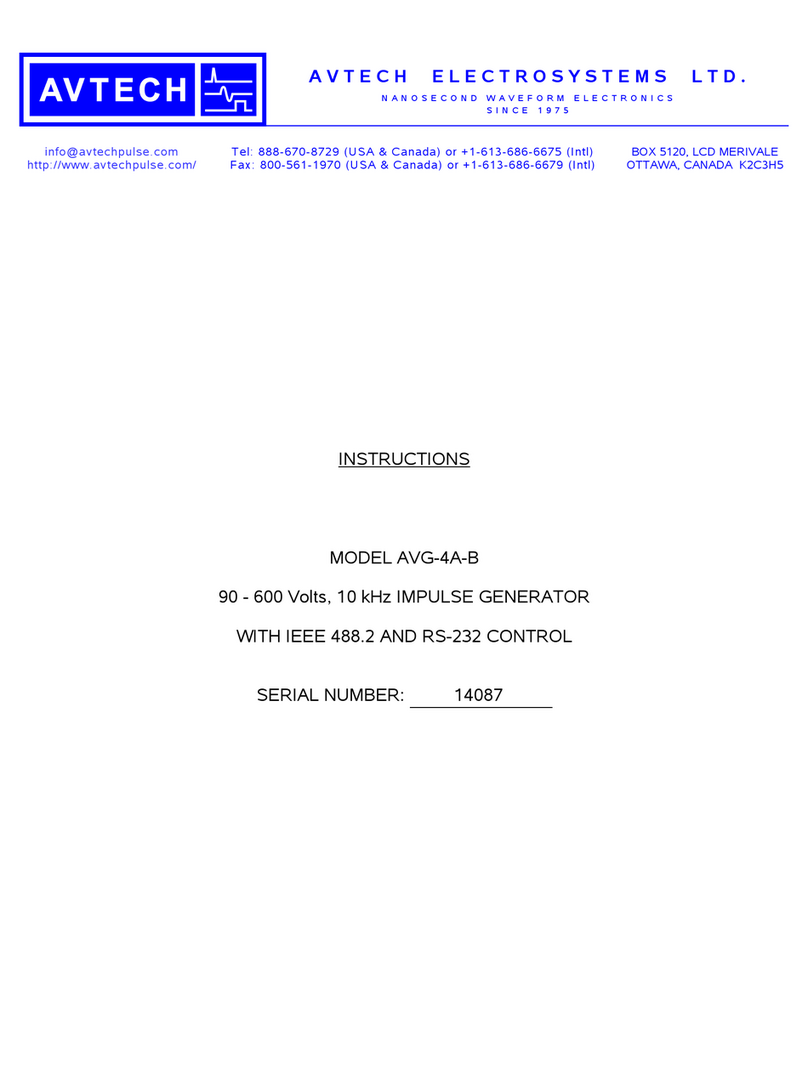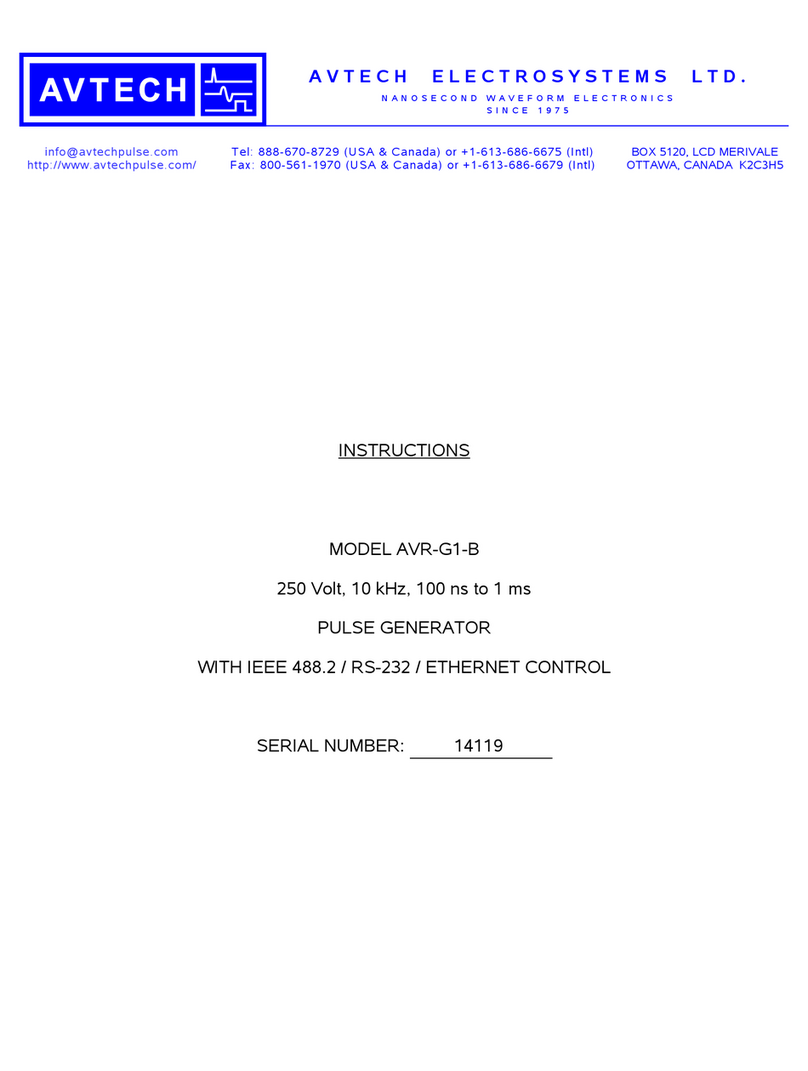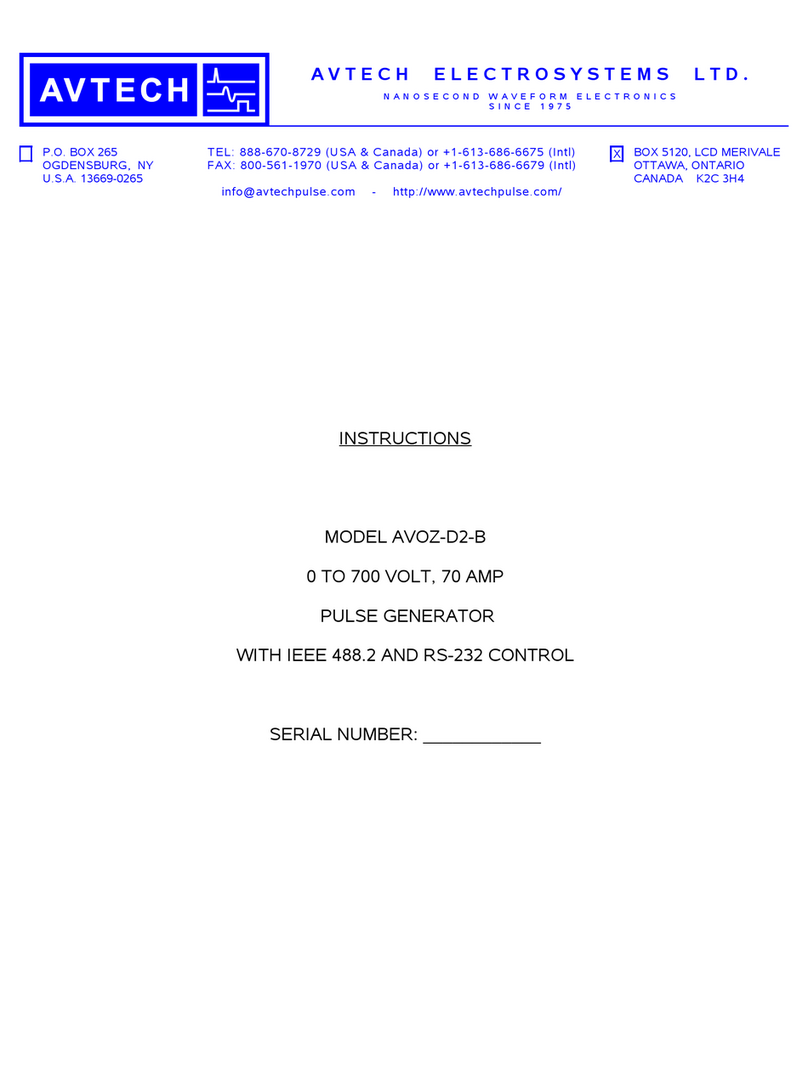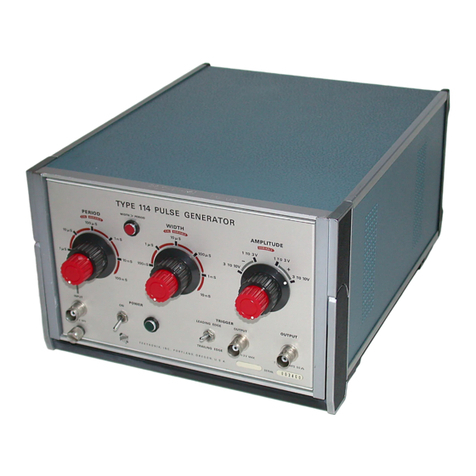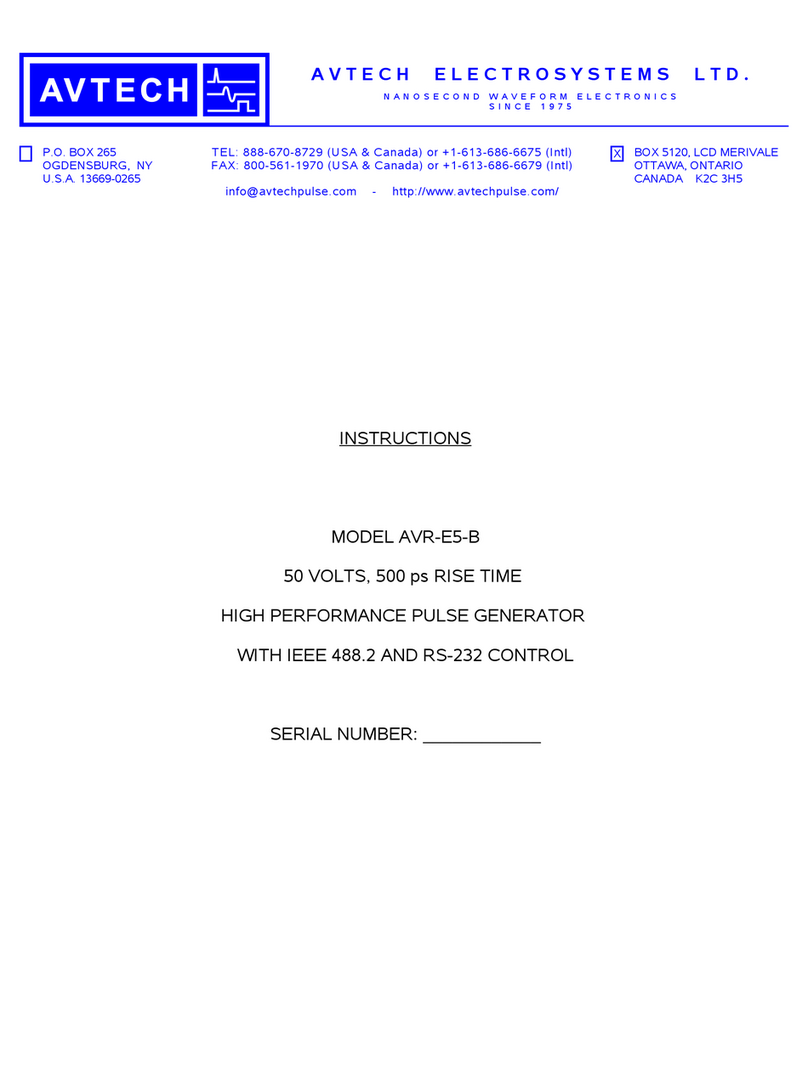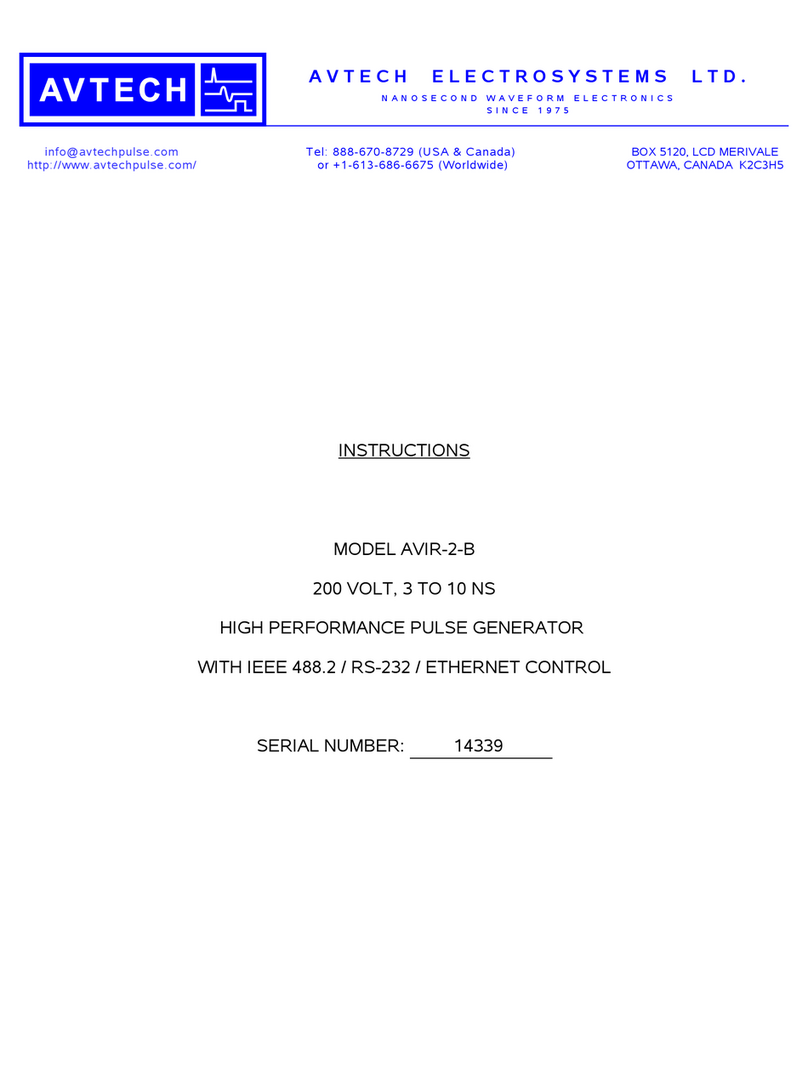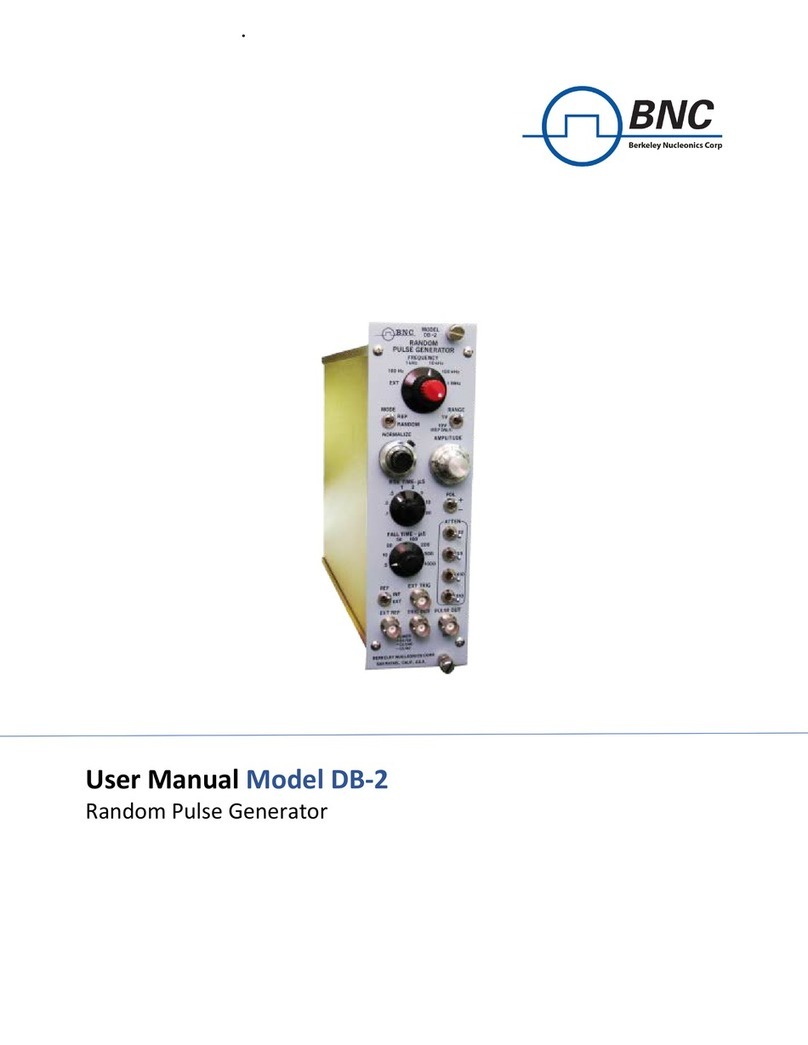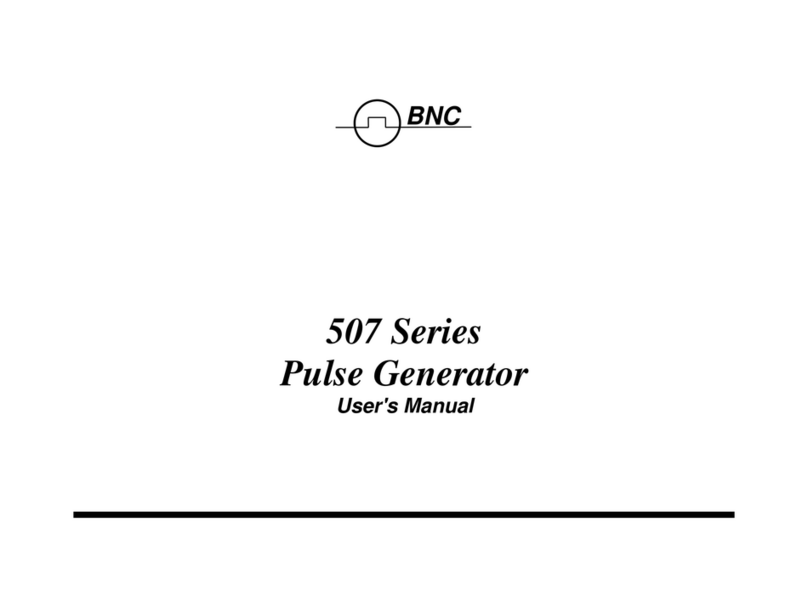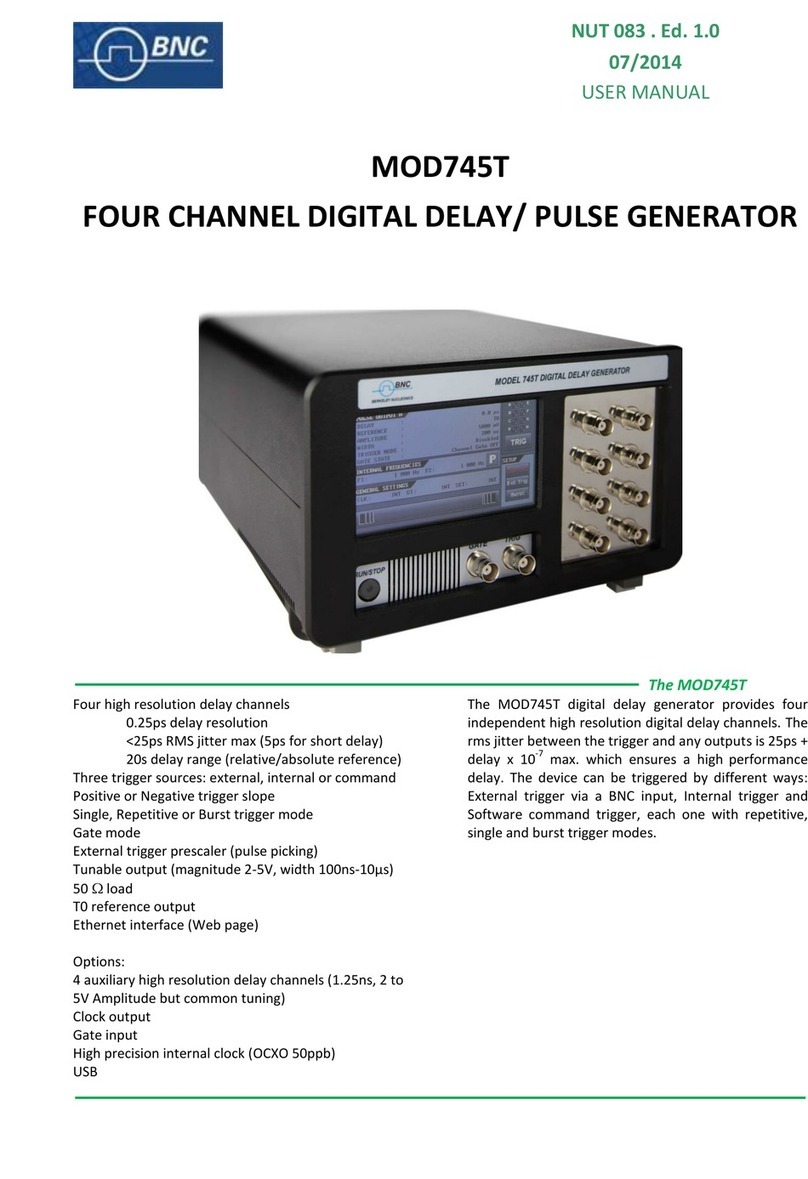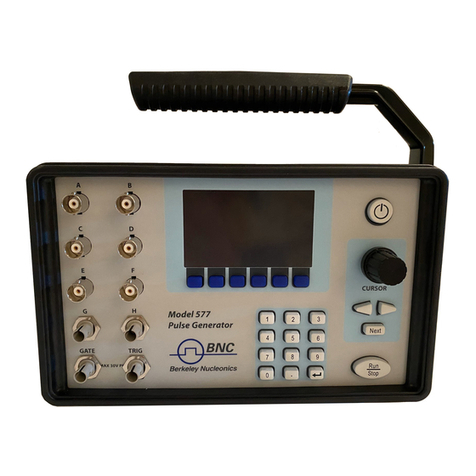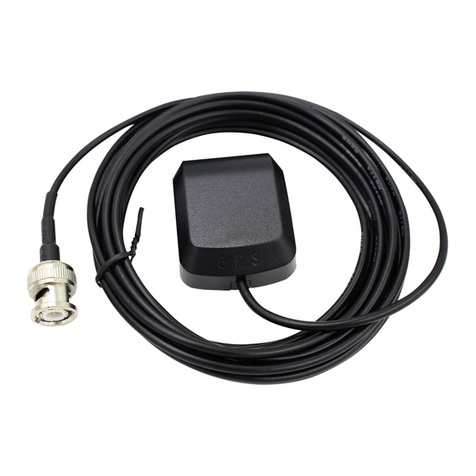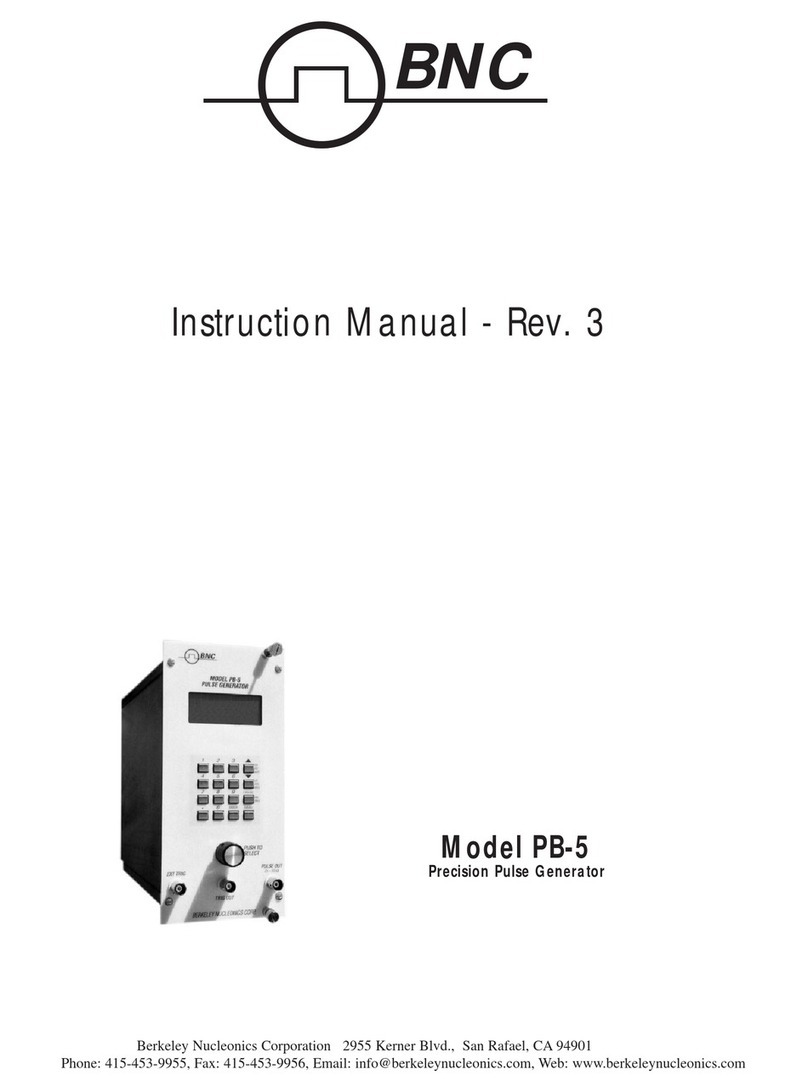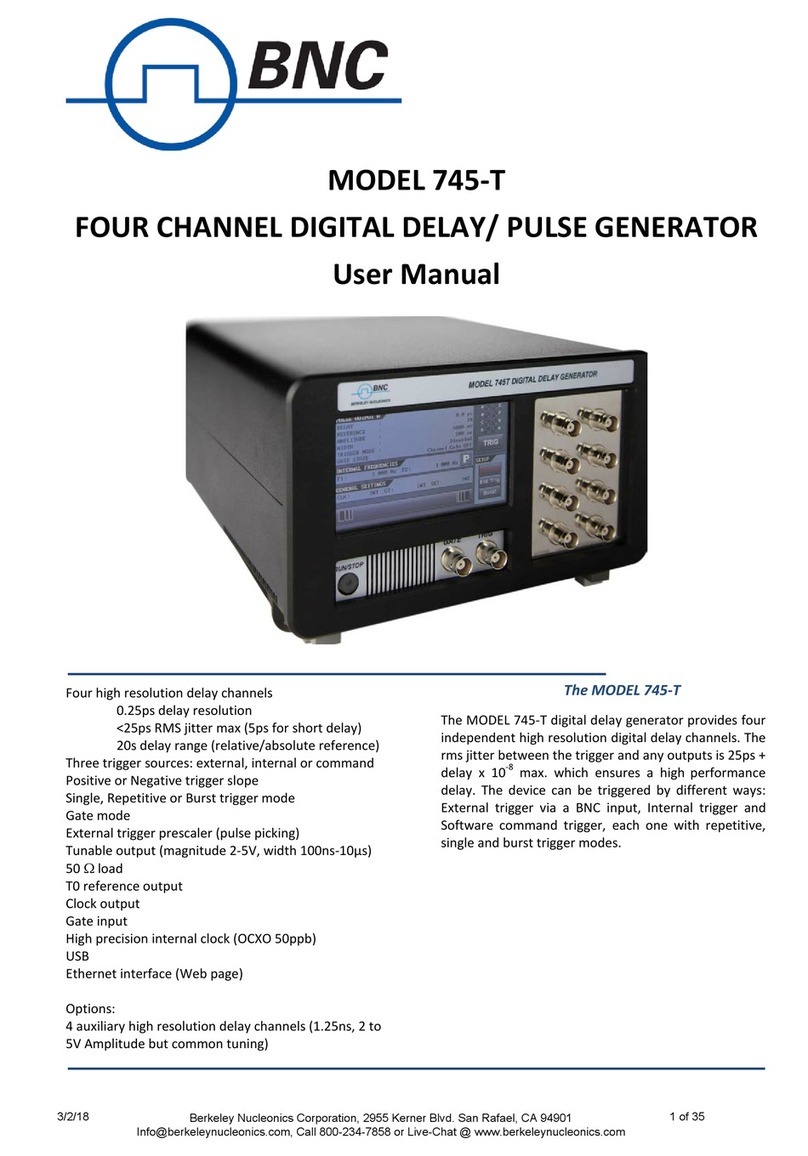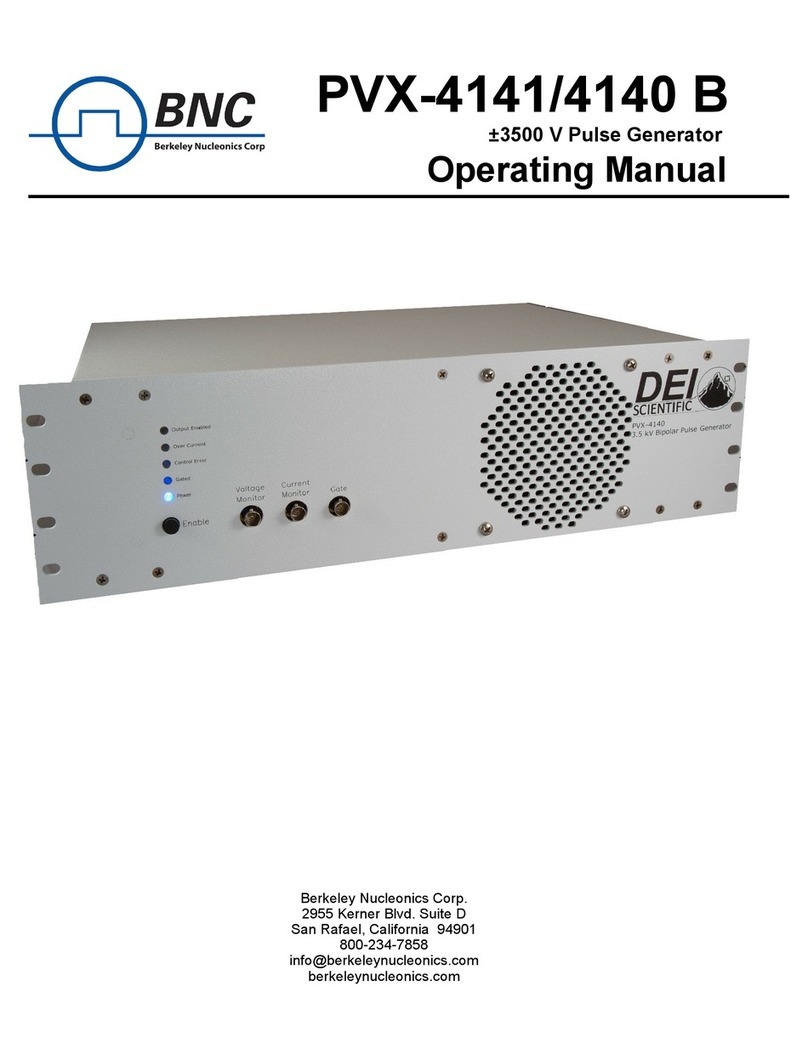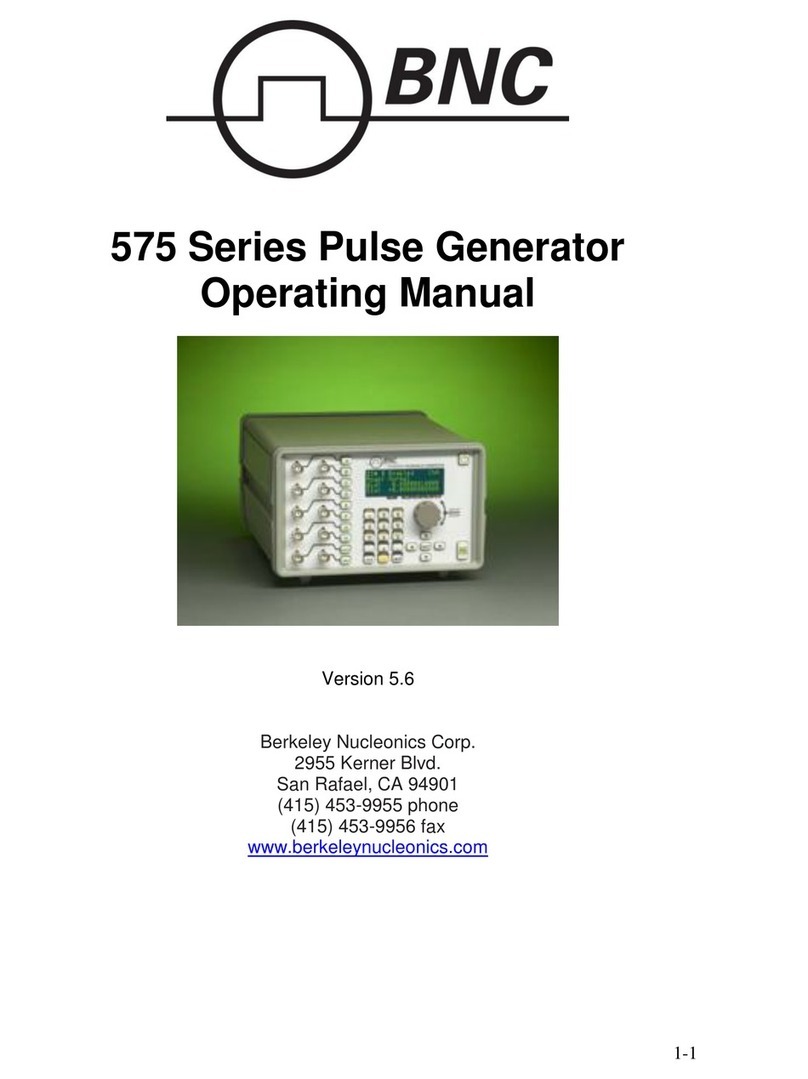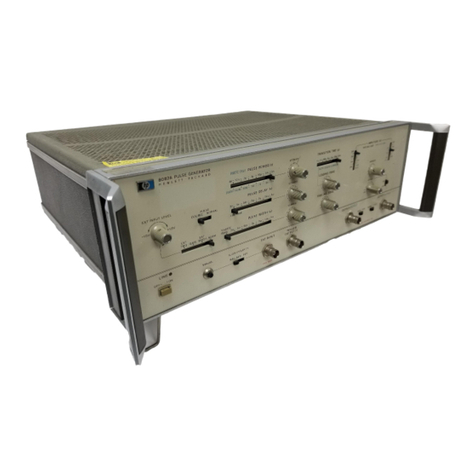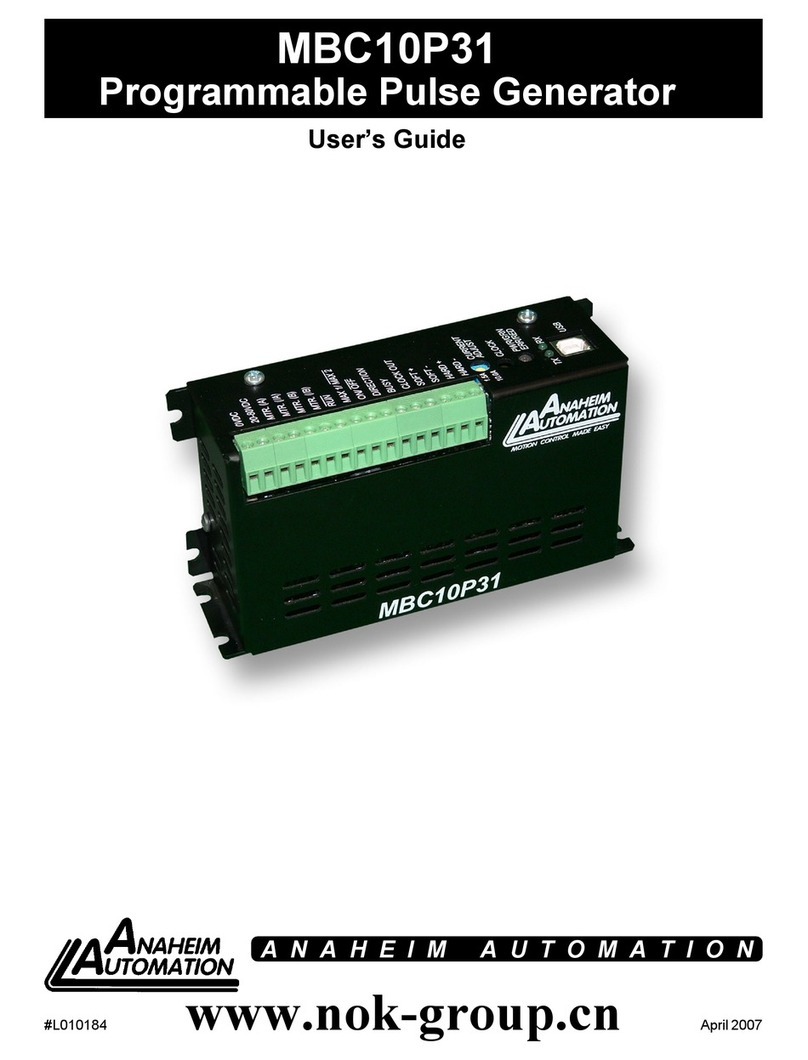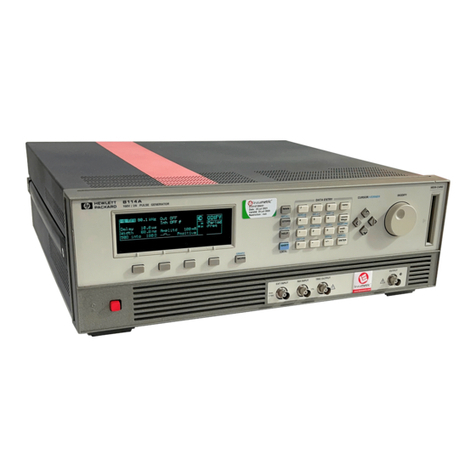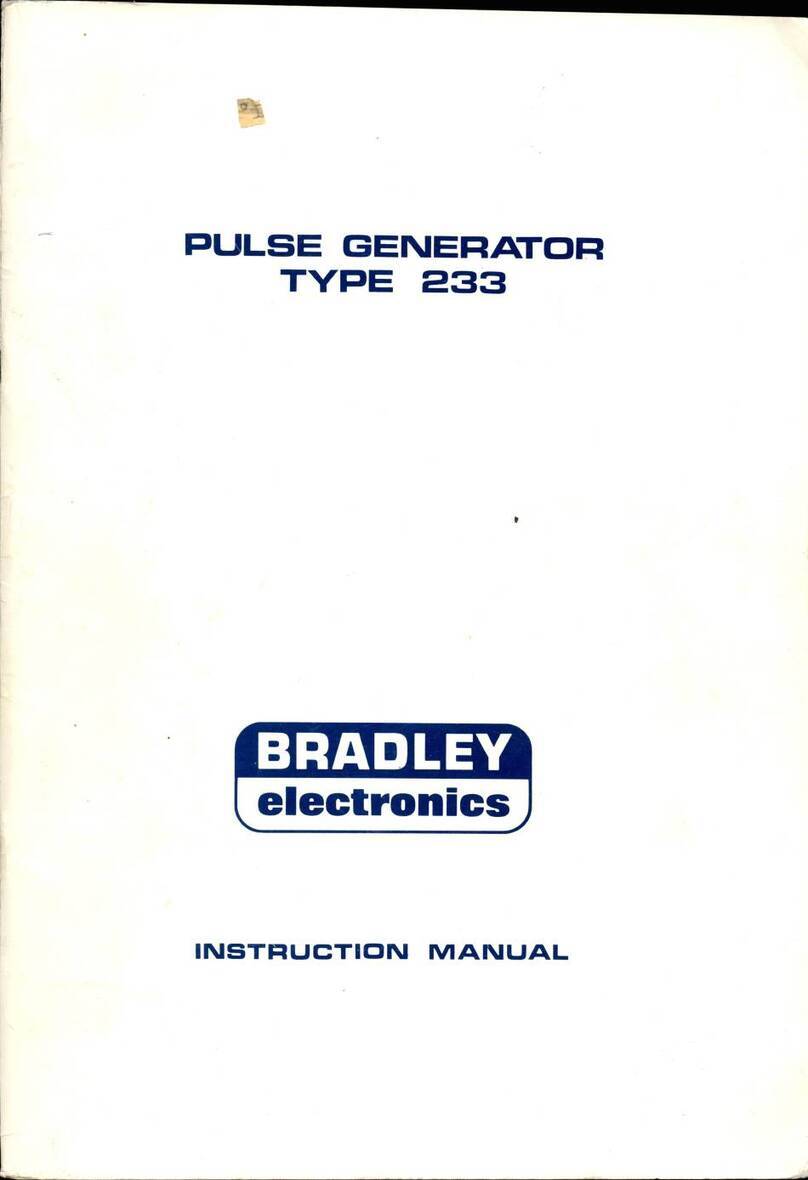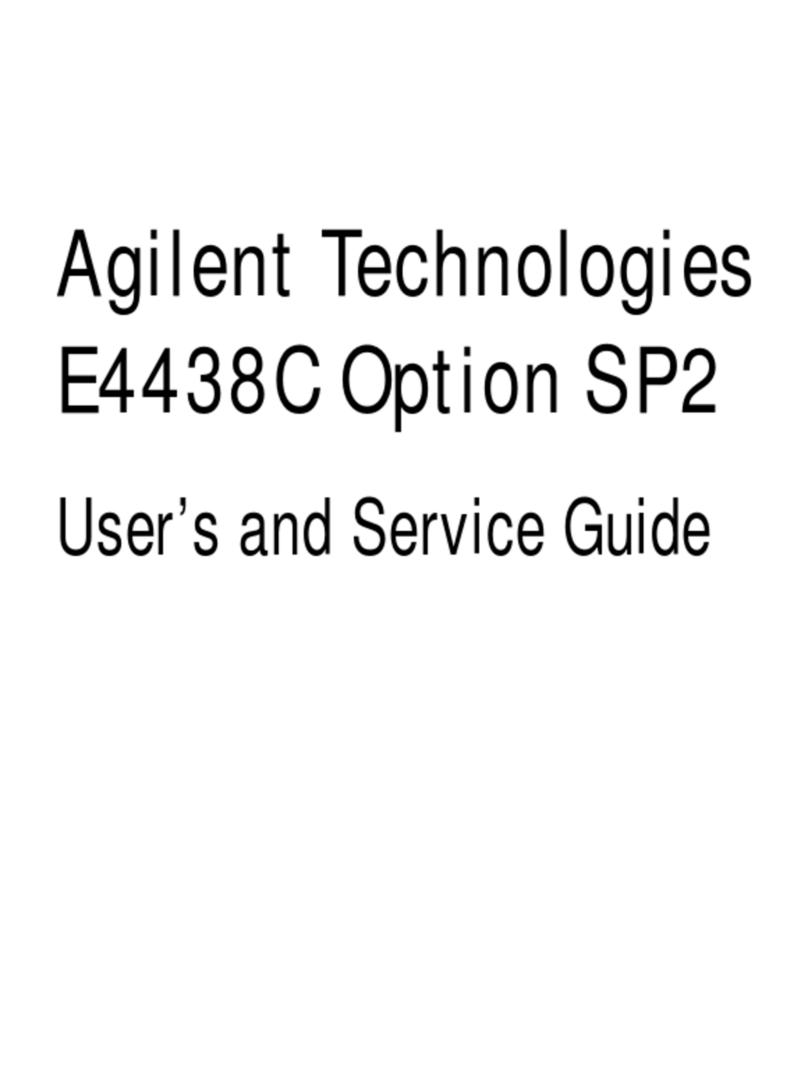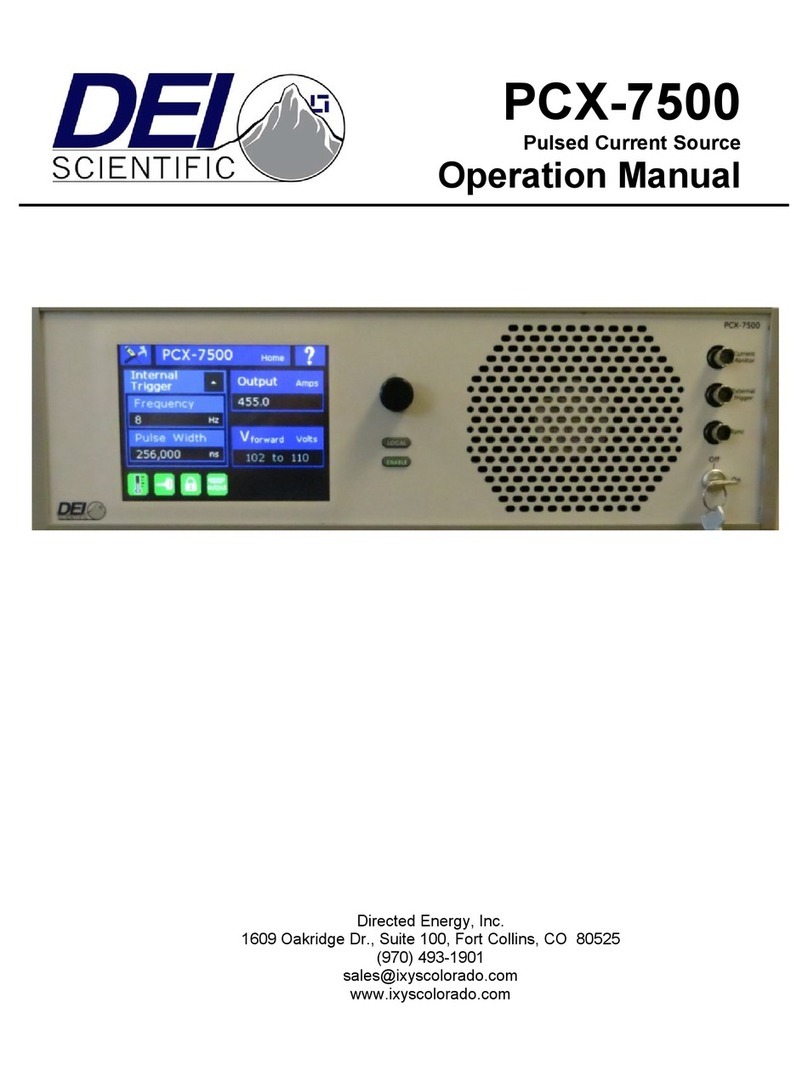
Contents
PULSE GENERATOR ................................................................................................................................................................ 1
1INTRODUCTION .............................................................................................................................................................. 4
1.1 TECHNICAL SUPPORT.............................................................................................................................................................4
1.2 WARRANTY.........................................................................................................................................................................4
1.3 PACKAGE CONTENTS .............................................................................................................................................................4
2SAFETY ISSUES................................................................................................................................................................ 5
3CERTIFICATE OF CONFORMANCE.................................................................................................................................... 6
4FRONT & BACK PANEL OVERVIEW.................................................................................................................................. 7
4.1 FRONT PANEL......................................................................................................................................................................7
4.1.1 Indicators.................................................................................................................................................................7
4.1.2 Run/Stop/Power Button ..........................................................................................................................................7
4.2 BACK PANEL........................................................................................................................................................................7
4.2.1 Indicators.................................................................................................................................................................7
4.2.2 BNC Output Connectors...........................................................................................................................................8
4.2.3 USB ..........................................................................................................................................................................8
4.2.4 Run/Stop/Power Button ..........................................................................................................................................8
4.2.5 Gate/Trigger Input...................................................................................................................................................8
4.2.6 Clock In /Clock Out...................................................................................................................................................8
5PULSE CONCEPTS AND PULSE GENERATOR OPERATIONS ............................................................................................... 9
5.1 COUNTER ARCHITECTURE OVERVIEW .......................................................................................................................................9
5.2 SYSTEM TIMER FUNCTIONS ....................................................................................................................................................9
5.3 CHANNEL TIMER FUNCTIONS ..................................................................................................................................................9
5.4 DIGITAL OUTPUT MULTIPLEXER ............................................................................................................................................10
5.5 DEPENDENT &INDEPENDENT TIMING EVENTS (SYNC FUNCTION) ................................................................................................10
5.6 NAVIGATING THE 525.........................................................................................................................................................10
5.7 ENABLING SYSTEM OUTPUT .................................................................................................................................................10
6525 SETUP .....................................................................................................................................................................11
6.1 OVERVIEW ........................................................................................................................................................................11
6.2 POWER ............................................................................................................................................................................11
6.3 COMMUNICATION ..............................................................................................................................................................11
6.4 USB ................................................................................................................................................................................11
6.4.1 Driver Installation (Windows XP)...........................................................................................................................11
6.4.2 Driver Installation (Windows 7 and Greater) ........................................................................................................12
7525 APPLICATION ..........................................................................................................................................................13
7.1 525 APPLICATION OVERVIEW...............................................................................................................................................13
7.2 BASIC OPERATION ..............................................................................................................................................................14
7.2.1 System Section.......................................................................................................................................................14
7.2.2 Channels Section....................................................................................................................................................15
7.2.3 Options Section......................................................................................................................................................16
7.3 COMMAND TERMINAL.........................................................................................................................................................17
7.4 PARAMETER STORAGE.........................................................................................................................................................18
7.4.1 Saving Custom Settings to a Bin ............................................................................................................................18
7.4.2 Recalling Custom Settings from a Bin....................................................................................................................18
8OPERATING THE 525......................................................................................................................................................19
8.1 NORMAL INTERNAL RATE GENERATOR OPERATION...................................................................................................................19
8.1.1 Continuous Mode ..................................................................................................................................................19
8.1.2 Single Shot Mode...................................................................................................................................................20
8.1.3 System Burst Mode Function.................................................................................................................................20
